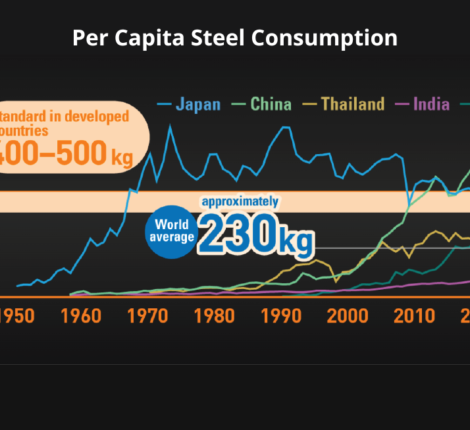The Indian steel industry is poised for fast growth as propelled by huge planned spending by the Government on infrastructure development over the next several years. With serious developments happening in roads & bridges, flyovers, railways, airports, seaports, housing, energy, oil & gas and other steel-intensive sectors, consumption of steel in India is bound to grow leaps & bounds over next decade. Accordingly, the Ministry of Steel, Government of India through its National Steel Policy (NSP 2017) has set a target of 300 MTPA of installed capacity and 255 MTPA of actual production of crude steel in India by year 2030-31.
We feel if India has to attain these targets from its current installed capacity of about 150 MT and real crude steel production of 118 MT in 2021, Induction Furnace based steel players will have a larger portion of share from its current contribution of around one-third of the country’s production due to its several advantages over BF-BOF and EAF routes.
However, this will be possible only if these existing and new steel plants through Induction Furnace route focus on producing high-quality steel, with great emphasis on safety, process automation and mechanization, operational excellence and care for the environment, and don’t restrict themselves to producing just TMT rebars for low-end housing construction. They will have to rather make themselves relevant in the present scenario by participating in the infra-growth story of the country.



